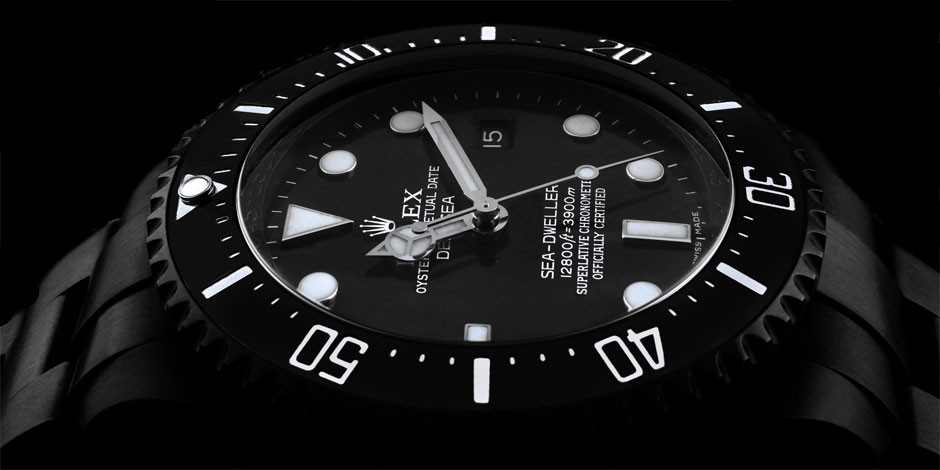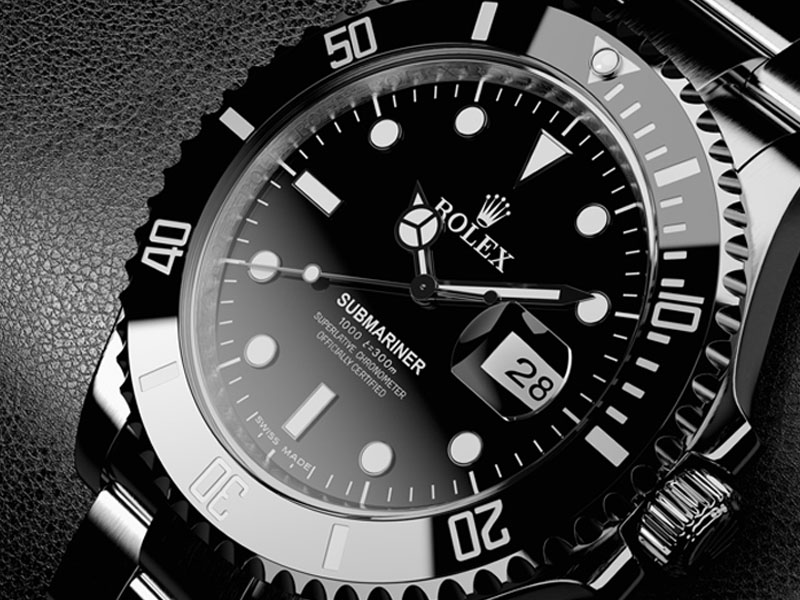The slap of a wave against the hull of the Calypso hits with a wet thunk. On deck, a handful of French divers, their backs tan from the summer sun, prepare to explore the depths below. It is 1954, somewhere off the coast of Abu Dhabi. The men check their aqualungs, pat the head of the ship’s dog, and smoke an endless parade of hand-rolled cigarettes. This summer, filming equipment has been brought on board, and they are intent on recording their scientific process and the surreal beauty that lies beneath the water’s surface. No one onboard knows it yet, but the film made from this voyage will go on to win the Palm D’Or at Cannes and the Academy Award for Best Documentary.
Le Monde du Silence (The Silent World) brought oceanic research into popular culture and introduced millions of people to the visually dazzling ecosystems that thrive underwater. The bright yellow air tanks on the divers’ backs pop against the grayish blue of the ocean floor, and the careful observer will notice the glint of steel flash on one man’s wrist. Captain Jacque-Yves Cousteau, known for his signature red wool beanie, was also hardly ever without his Rolex Submariner.
It wasn’t about fashion; these watches existed to keep you alive. Knowing how long you’ve been underwater, and how much time you have left to safely get back up, was not something left to guesswork.
Those versed in horological history trace the earliest diver watches back to the mid-1920s. Back then, these timepieces were an essential component to the diving experience. It wasn’t about fashion, these watches existed to keep you alive. Knowing how long you’ve been underwater, and how much time you have left to safely get back up, was not something left to guesswork.
With the march of time came more innovative complications, many to counteract the increasing pressure applied to the timepieces the deeper you go, like a helium escape valve. Screw-on crowns help a diver watch obtain a higher water-resistance rating. Case manufacturer Ervin Piquerez S.A. patented a method for case sealing that applies more pressure to the case-back against the O-ring gasket the further underwater you descend. Simply put, the deeper you go, the more water-tight the piece becomes.

Many diver watches are modeled after the iconic Submariner. Rolex’s Seadweller offers similar advantages. One trait many diver timepieces share is an uncluttered dial, free of unnecessary visual complications. When you’re underwater, you want to be able to obtain the most necessary information with the quickest of glances. The lume tends to be stronger than usual, further assisting in ascertaining details in a dark environment. Some manufacturers utilize unique touches to make the basic visual components of their diver watches stand out even more: Squale employs a bright orange lume on the minute hand, and Tudor’s ‘snowflake’ design on their hour marker means less room for confusion when you’re hundreds of feet below surface.
Stephen King once wrote that the ocean has no memory. Those well acquainted with deep sea dives are quick to mention the total absence of sound as well - hence the title of Cousteau’s famous film. Free divers, who descend deep into the water with no assisted breathing apparatus, have said that in a dark, weightless world free of sound and light, you can sometimes hear your own heartbeat. Could they also make out the ticking of the second hand?
Let’s be real - we can’t all be Jacques Cousteau. Many watch enthusiasts today invest in a diver knowing full well that it will spend more time at a desk than the deck of a boat. No judgement there. Divers look cool, period. They possess an air of rugged danger, and certain features, like the unidirectional bezel, lend a sense of destiny and adventure. A diver watch is distinctive for its heritage and design, and the wondrous places it is capable of going.





